 New Health Guide
New Health Guide
Sometimes you can hear strange noises coming from your knees when you bend them, these crackling or snapping sounds does not mean that something is wrong with your knees. These sounds are common in people with arthritis but are not a sign of arthritis or any other joint disease and they are frequently produced by perfectly normal joints as well. In medical terminology, these noises are termed as “crepitus” (the sounds produced in lungs are also termed as crepitus).
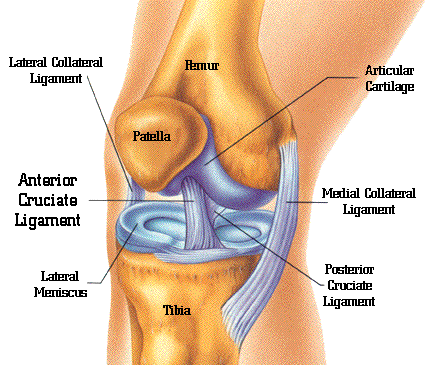
The knee is basically a large hinge joint between the thigh bone femur and the long bone of shin tibia. These bones are connected by four very strong, flexible and tough bands termed as ligaments. The surfaces of bone which come in contact with one another are lined by thick pads of cartilage to reduce friction. These are also known as menisci.
The whole knee joint is enclosed in a connective tissue capsule filled with fluid and is protected in the front by knee cap or patella.
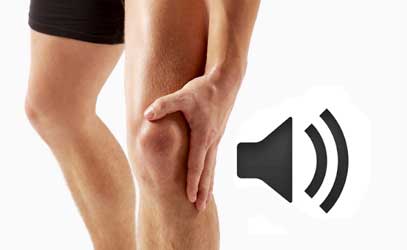 Healthy knees do make the crunching noises from time to time. These noises can be produced when the joint surfaces become less smooth or uneven with advancing age and wear and tear. When these rough surfaces glide or move over each other during bending the knees or standing up from squatting position, some noise is produced. Stretching of ligaments can also lead to these noises in normal knees.
Healthy knees do make the crunching noises from time to time. These noises can be produced when the joint surfaces become less smooth or uneven with advancing age and wear and tear. When these rough surfaces glide or move over each other during bending the knees or standing up from squatting position, some noise is produced. Stretching of ligaments can also lead to these noises in normal knees.
Sometimes very small gas bubbles are produced in the area surrounding the joints, when they burst they do make some crunching sounds.
Knee makes crunching noise, in most cases, is nothing to be worried about. Many people with perfectly normal knees experience the crackling sounds while standing up from squatting position. There is nothing to worry about unless there is some associated redness, swelling or pain of the joint. When that happens, a doctor must be consulted asthis can be due to the following reasons:
The menisci are crescent shaped cushions inside the knee joint which act as shock absorbers and protect the bony surfaces. They also help in even distribution of weight. Sudden twisting of the knee during trauma or playing sports can lead to an injury resulting in a meniscus tear. In older age groups, the menisci are more prone to injury because they become weak with advancing age.
The cartilage covering the bones also becomes brittle with advancing age. Sometimes a piece of it breaks down and gets trapped inside the joint. It results in swelling and redness of the joint. Arthritis results from thinning and inflammation of the cartilage, the joint surfaces become irregular and there is a grinding sensation when these irregular surfaces move across each other. This is the most common form of arthritis in middle aged people, known as osteoarthritis.
If your knee makes crunching noise whenever you bend or move it and you want to prevent them and strengthen your knees.Below are some exercises that can help.
Why it helps:
While stretching only elongates the muscles,calf release helps to reduce the tightness and tension in muscle fibbers using direct pressure. This technique can be very effective in providing relief to taut muscles by shifting the balance of muscle structure and can strengthen the knee cap.
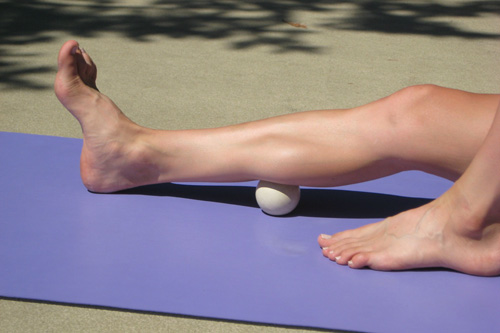 How to perform it:
How to perform it:
Sit on the floor with your legs stretched in front then place a tennis ball under your calf muscles. Supporting your weight on your arms, roll your calf over the ball in a forward and backwards motion. There might be a tender or painful spot and when you find that, just stop for thirty seconds and move your foot upwards and downwards.
Why it helps:
Knee pain doesn’t always originate from the knees, sometimes a misaligned hip can lead to knee pain which can be very effectively treated by doing this exercise.
 How to perform it:
How to perform it:
Since hip is a big joint you need to take two tennis balls and tape them together for this exercise. To start it, you need to lie on your stomach placing those balls under the hip bone. Support your upper body on your elbows and bend the affected knee at ninety degrees, then move your leg sideways as far as it can be tolerated. Repeat after one to two minutes intervals.
Why it helps:
The IT Band or the Iliotibial band connects the hip bone to the knee. It is a very strong ligament which runs along the outer border of the thigh. Since it provides stability to the knee joint whenever it gets stretched, inflame or taut it can lead to knee pain and misalignment of the joint structures.
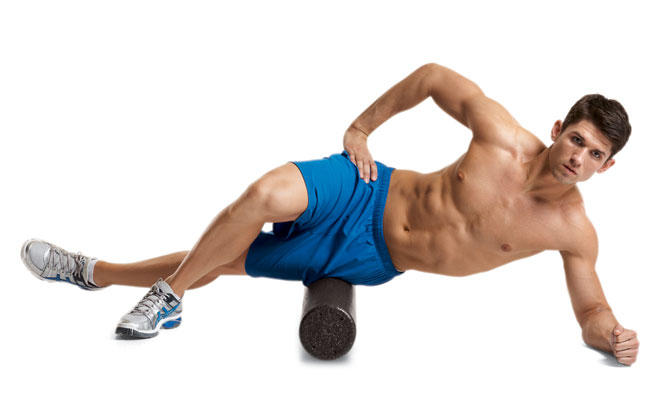 How to perform it:
How to perform it:
Lie on the floor on the side which is painful. Place a foam roller under your leg, roughly midway between the knee and the hip, and move your leg over it from the hip base to the knee. Try to slide over the roller and if there are any painful spots, you can stop there and bend and straighten your knee for maximum relief. This can be repeated after a couple of minutes' interval.
Why it helps:
Knee joint is supported by thigh muscles; the muscles on the outer side of the thigh are comparatively weaker than the muscles in front of the thigh. This imbalance can exert pressure on knee cap resulting in pain. This exercise helps to strengthen the outer thigh muscles and will be of great help if your knee makes crunching noise.
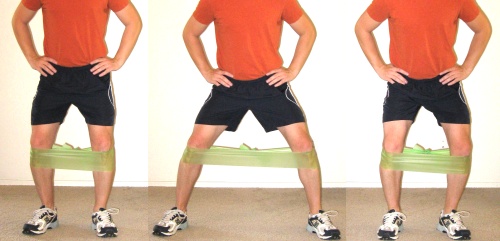 How to perform it:
How to perform it:
Put resistance bands below your knees.(Take two steps to the right and then two left.) Try to stretch the bands as far as you can and for best results you can do it while squatting. It is recommended to perform three repeats of these steps thrice a week.
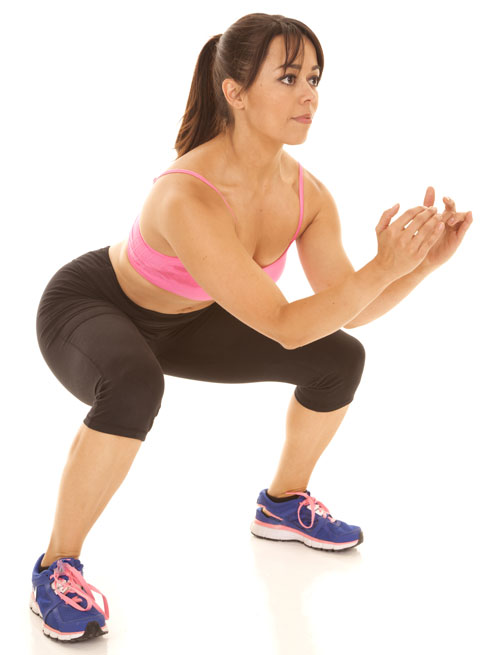 Why it helps:Inner thighs squat greatly increase the strength of inner thigh muscles enabling them to offer better support to the knee joint and making it less painful.
Why it helps:Inner thighs squat greatly increase the strength of inner thigh muscles enabling them to offer better support to the knee joint and making it less painful.
How to perform it:
Stand up straight with your feet apart, preferably at shoulder width. Place your feet with your toes pointing outwards at 45 degrees. Try to squat like you are trying to place your hips on a chair that is too far behind you and then move your knees outwards. Try to go as low as is comfortable. For maximum results, perform this three times a week, three sets of fifteen repeats.
Why it helps:
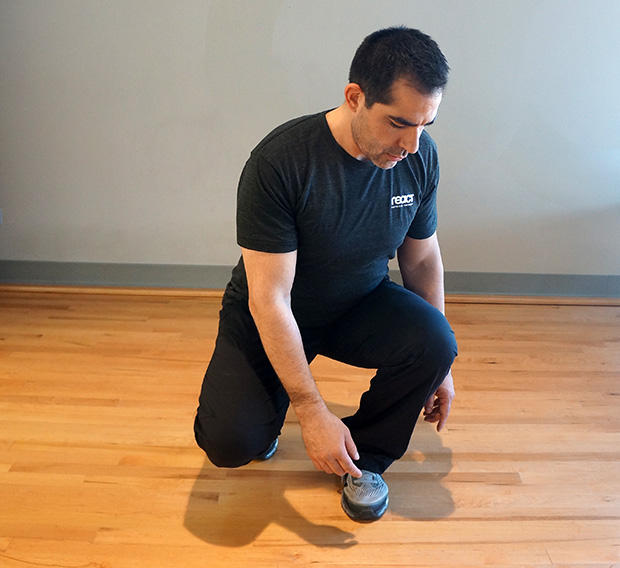 Vastus Medialis Oblique muscle, which runs along the inner thigh and provides support to the knee cap medially, is also a weak muscle and this exercise strengthens it.
Vastus Medialis Oblique muscle, which runs along the inner thigh and provides support to the knee cap medially, is also a weak muscle and this exercise strengthens it.
How to perform it:
Stand with one foot forward and squat halfway till your front knee and ankle are aligned, then move the front knee towards right. Hold it for three to five seconds and then while putting weight on the balls of your foot, rotate your knee back and stand. For maximum results, do this thrice a week.
Here are a few tips for better knees: